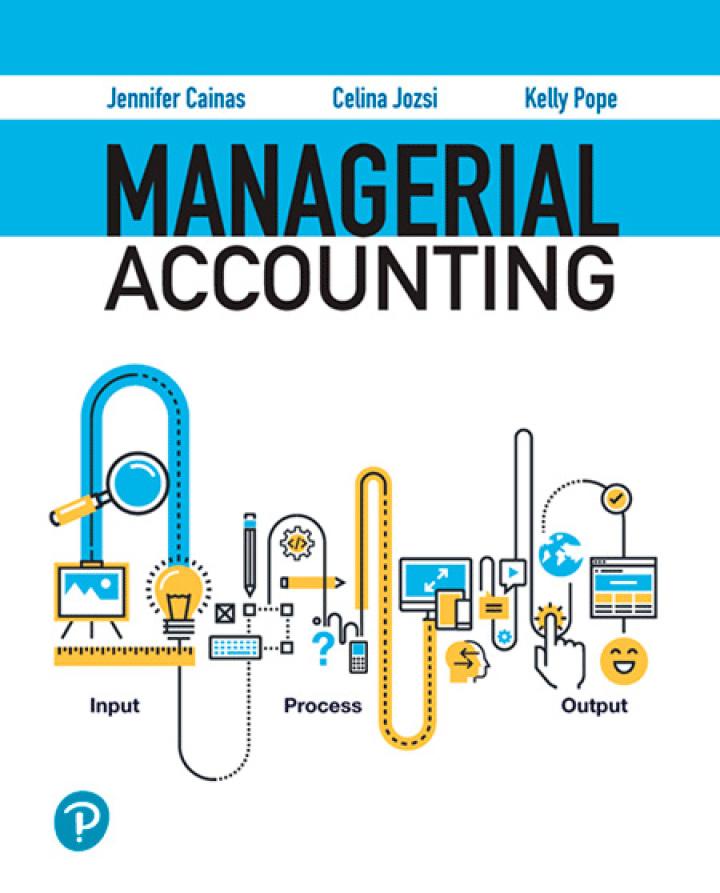Question
The payback period represents the time it takes for a project to recoup its initial investment. We'll use the incremental approach, which accumulates the annual
The payback period represents the time it takes for a project to recoup its initial investment. We'll use the incremental approach, which accumulates the annual cash savings until the total reaches the initial investment. For Machine A, the cumulative cash savings after Year 1 is $5,000. By Year 2, it's $10,000, and by Year 3, it's $15,000. In Year 4, it reaches the total savings of $20,000, which is equal to the initial investment. Therefore, the payback period for Machine A is 3 years. For Machine B, the cumulative cash savings after Year 1 is $8,000. By Year 2, it's $14,000, and by Year 3, it's $18,000. In Year 4, it reaches the total savings of $20,000. Thus, the payback period for Machine B is 3 years as well. Comment: Both machines have the same payback period, indicating that they recover their initial investment equally quickly. Unadjusted Rate of Return (ARR): The ARR is calculated as the average annual income divided by the average investment. For both machines, the average investment is half of the initial cost, which is $7,000. For Machine A, the average annual savings is ($5,000)
Step by Step Solution
There are 3 Steps involved in it
Step: 1
The payback period and unadjusted rate of return ARR for both Machine A and Ma...
Get Instant Access to Expert-Tailored Solutions
See step-by-step solutions with expert insights and AI powered tools for academic success
Step: 2

Step: 3

Ace Your Homework with AI
Get the answers you need in no time with our AI-driven, step-by-step assistance
Get Started


